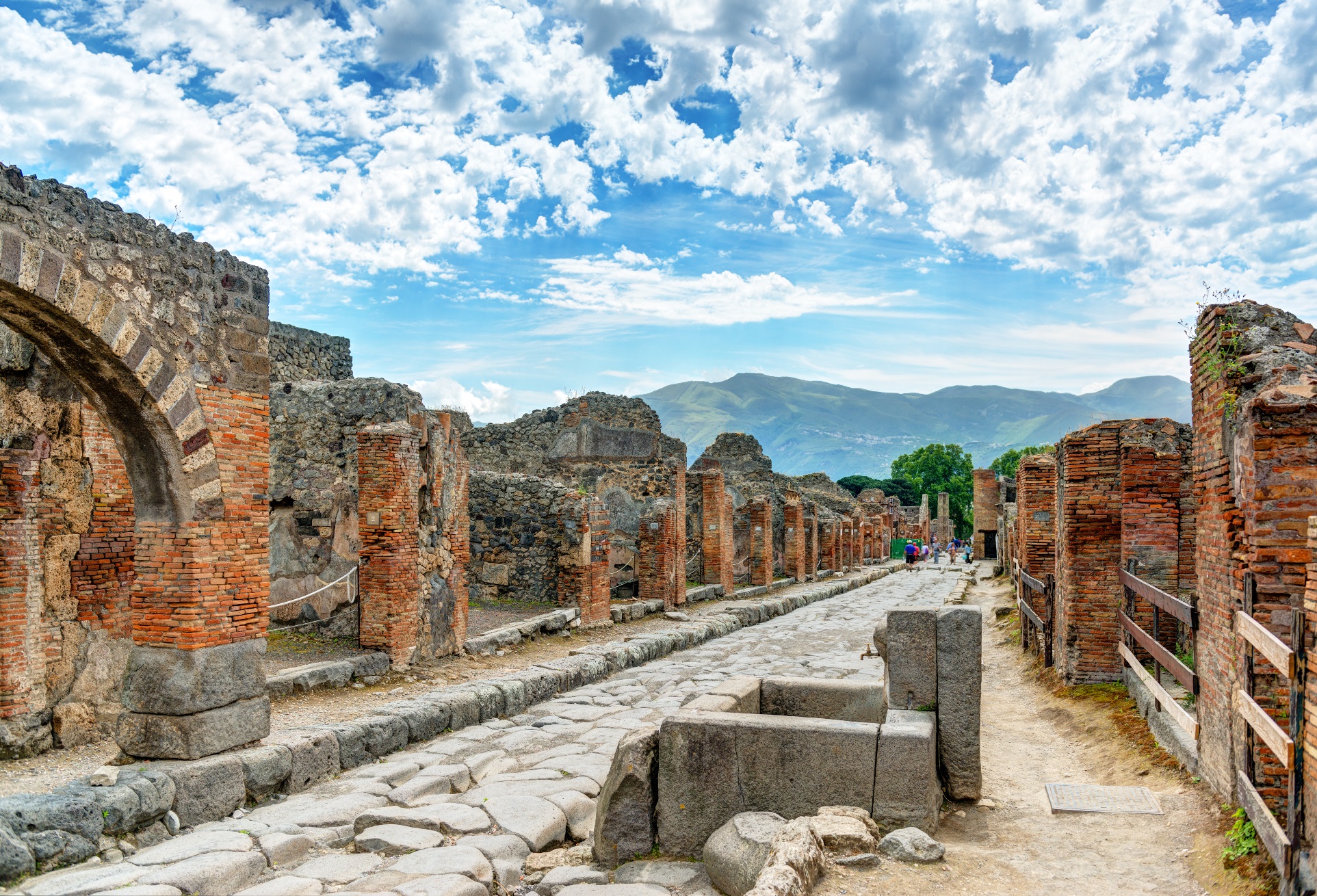This unique use case focuses on the plaster casts of human bodies uncovered in Pompeii, which preserve remarkably fine imprints of clothing and accessories worn at the moment of the eruption in the 1st century AD. These casts, formed by filling voids left by decomposed soft tissues, offer an extraordinary glimpse into Roman dress, textile craftsmanship, and garment construction.
Unlike surviving textile fragments, these 3D imprints capture both the structure of fabrics and how they draped over the human form. As such, they complement existing textile collections by providing a fuller picture of Roman fashion and the lost functions of various textile types. Mediterranean archaeological contexts rarely retain subtle details like garment folds, weave textures, and hints of movement, which the casts preserve.
However, documenting these impressions poses major challenges. The casts are monochrome, glossy, and irregular, with extremely low-relief surface details that are difficult to detect using traditional imaging methods. Furthermore, hidden remains of accessories may still be embedded within the plaster.
TEXtAILES applies state-of-the-art technologies, including Reflectance Transformation Imaging (RTI), multispectral scanning, and AI-powered 3D modelling, to reveal and preserve these fine features. By isolating garments from body casts, these methods reconstruct the volumetric shape and flow of the textiles. This not only safeguards a fragile part of our ancient heritage but also brings Roman clothing and identity back to life with unprecedented clarity.

